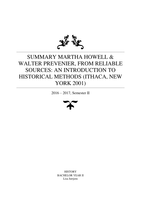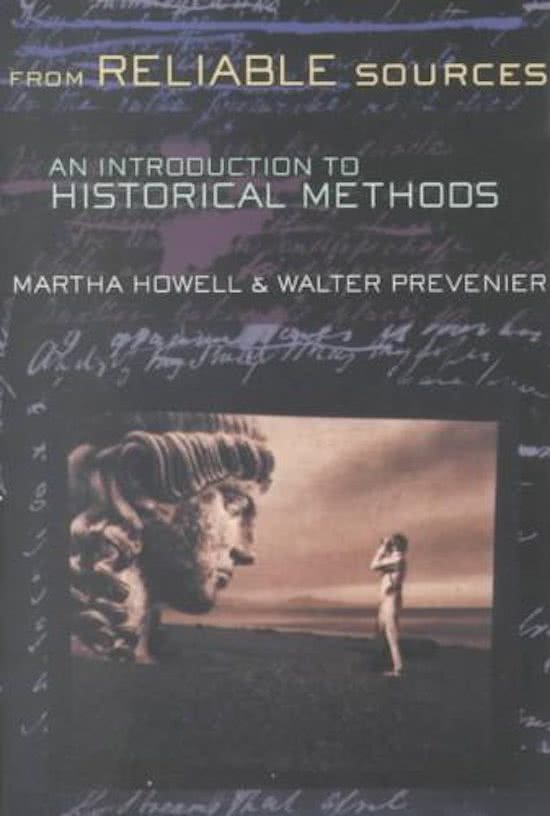Samenvatting
[SUMMARY] Martha Howell & Walter Prevenier, From reliable sources: an introduction to historical methods (Ithaca, New York 2001)
Summary of the book From reliable sources: an introduction to historical methods (Ithaca, New York 2001) by Martha Howell & Walter Prevenier.
[Meer zien]






